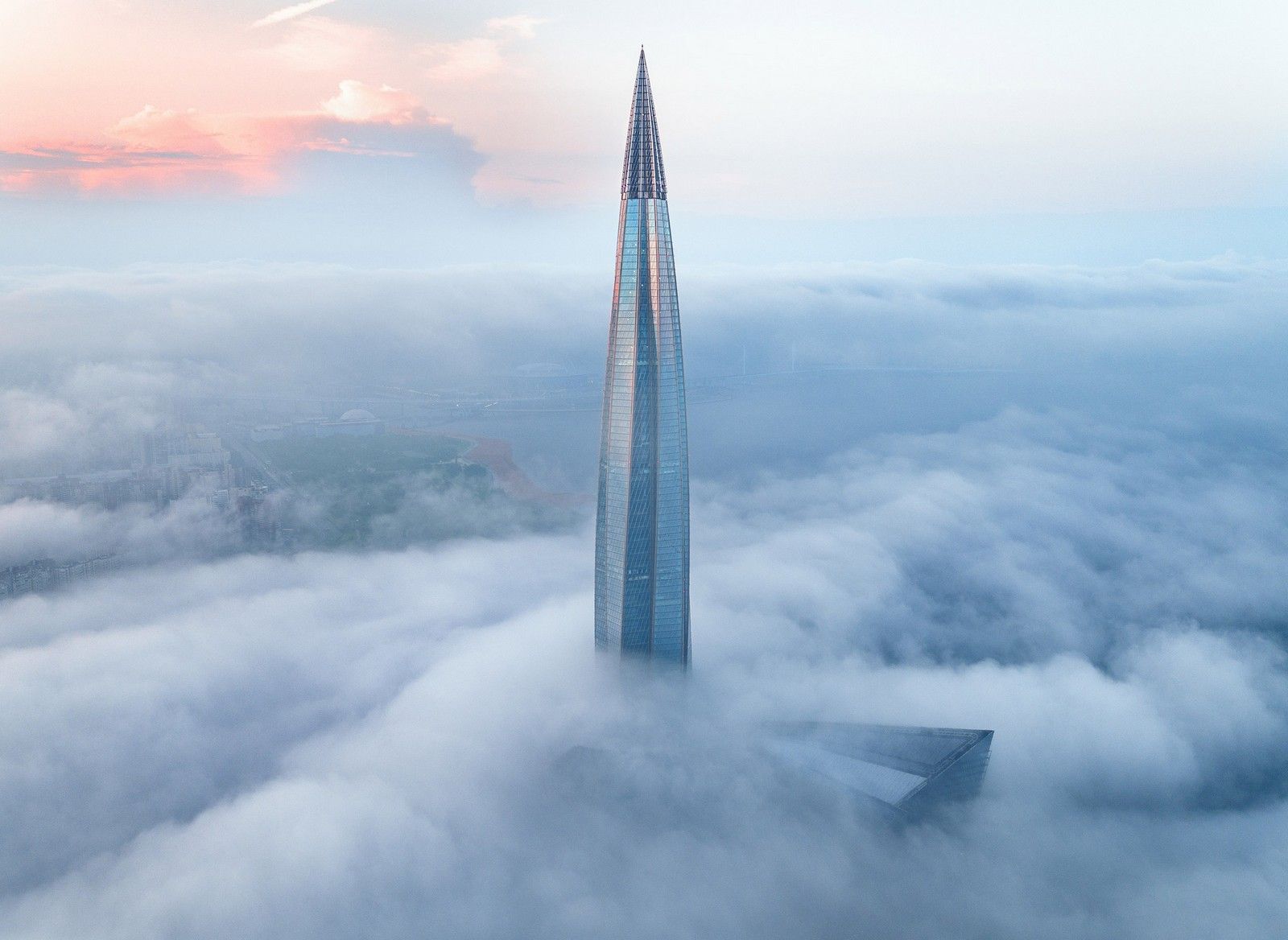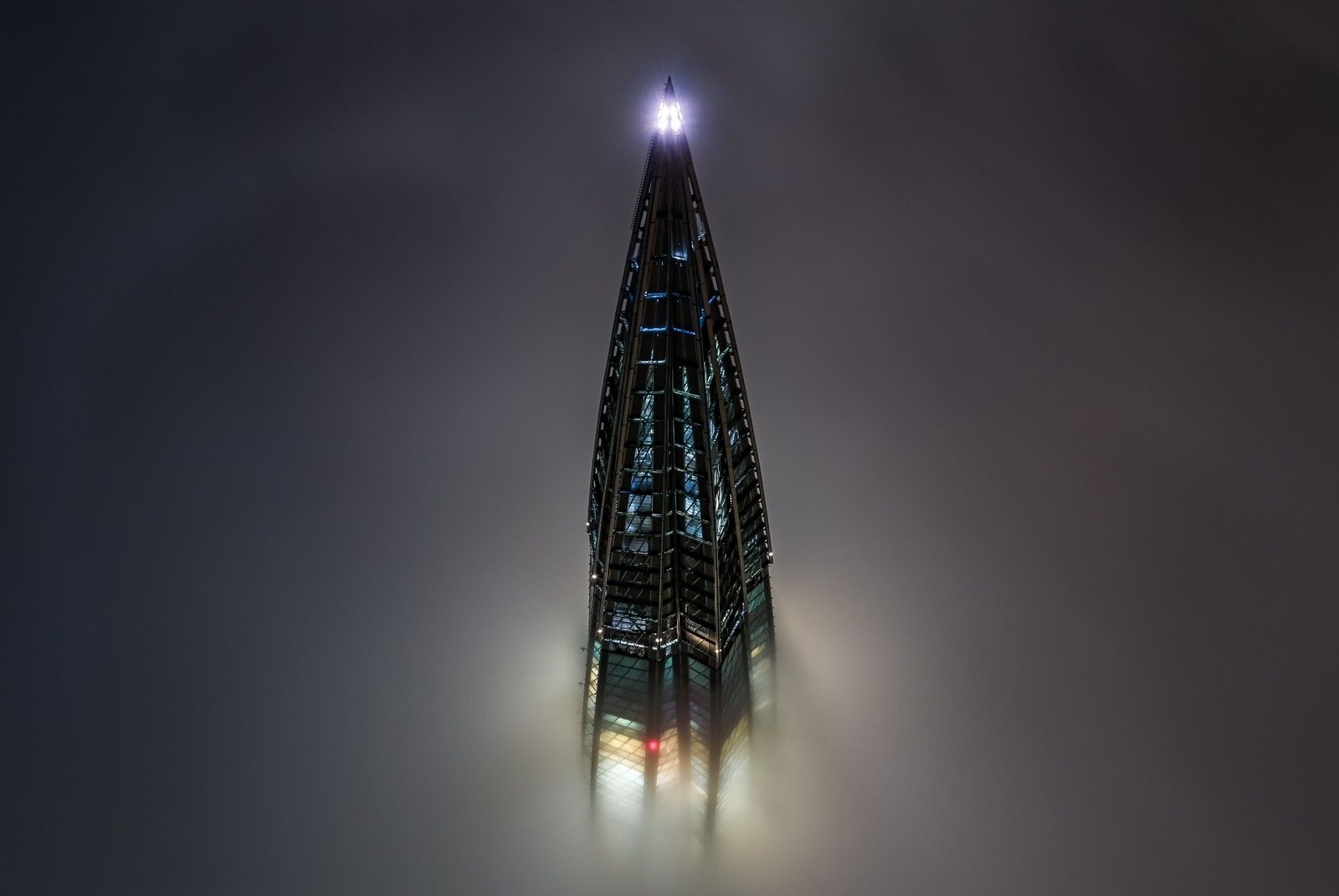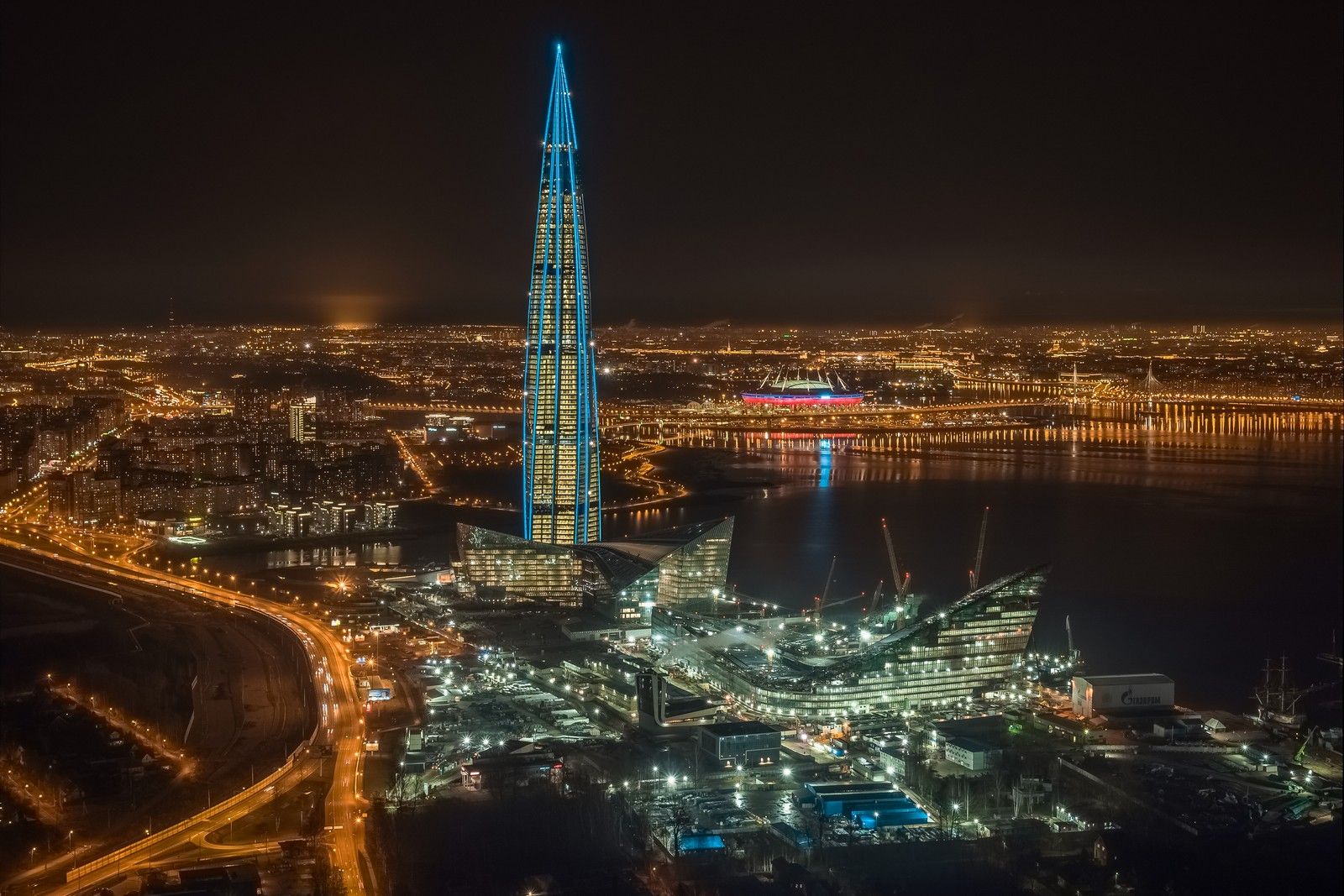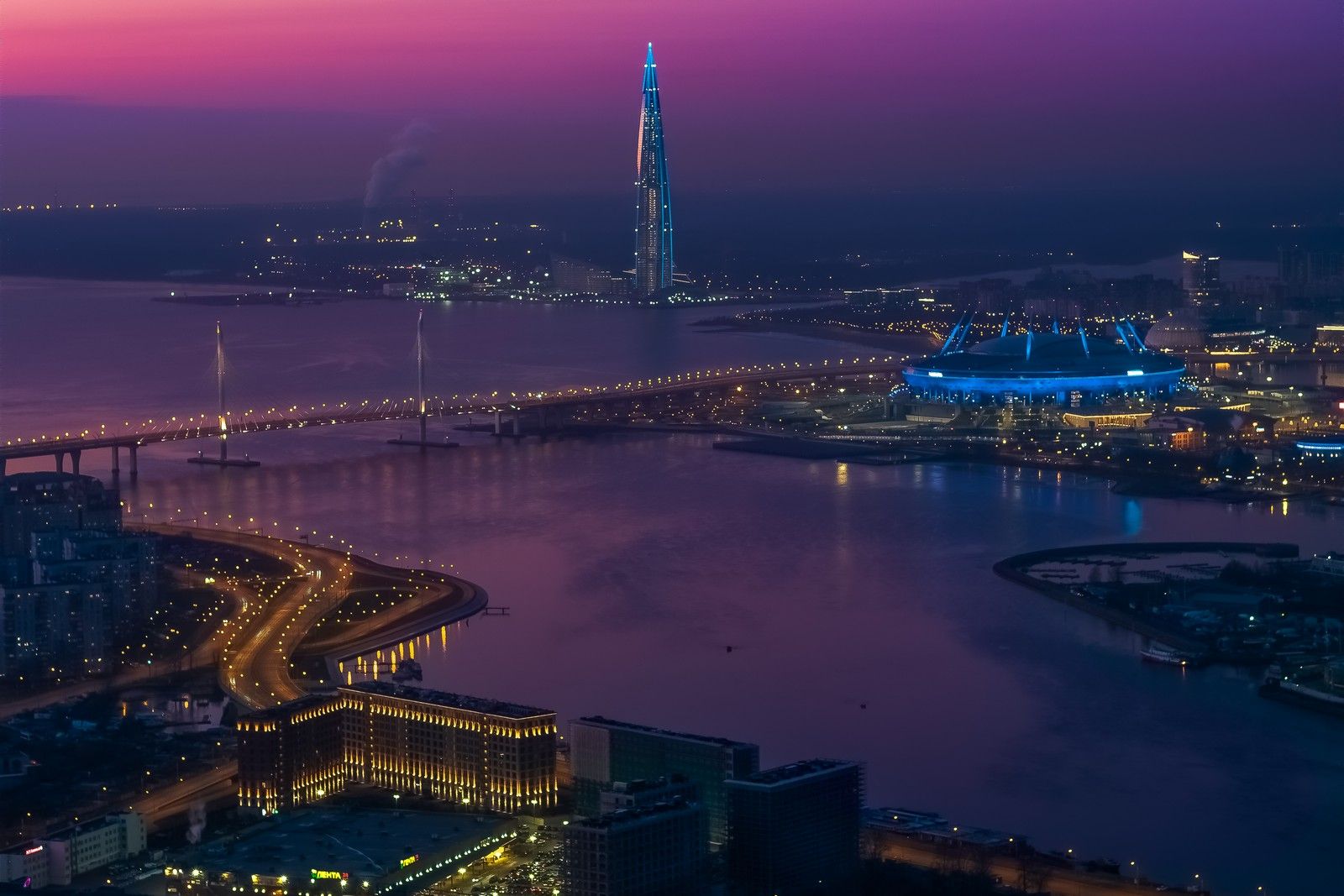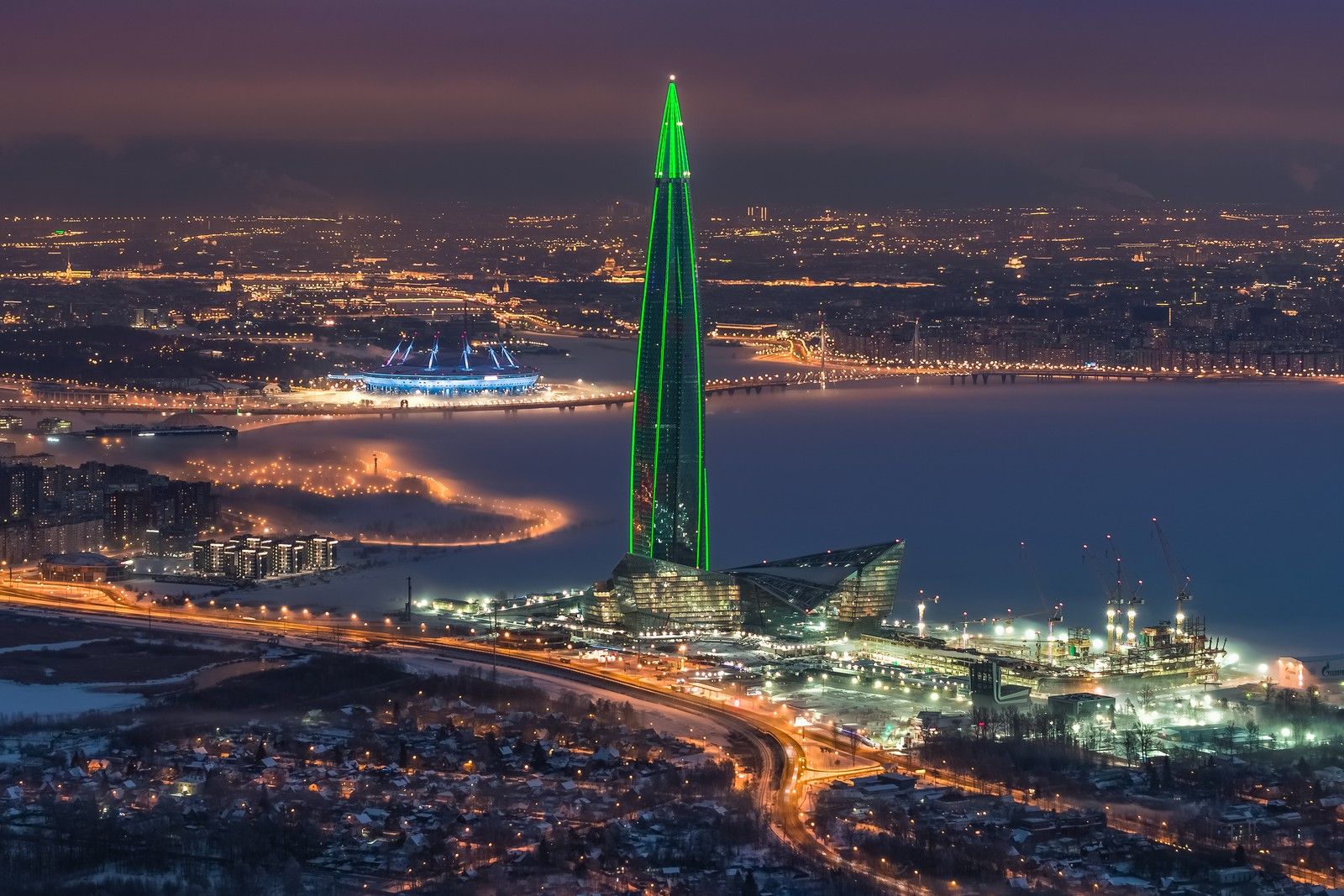According to the project’s specifications and details IntiLED’s specialists began developing a brand new customized lighting product. The main idea was to place a luminaire inside the BMU rail and, due to the use of various optics, to ensure uniform illumination for entire facade.
Newly developed device:
- Has a different shape of the outer case for embedding in the BMU at different angles;
- Has 2 degrees of freedom for aiming the beam - the inner module and the inner case;
- Has various optics;
- Has a special construction with light sources recessed into the case and not visible to the observer at any angle.
Moreover, every device has a standard commutation and can be serviced without any difficulties. Placement of lighting devices inside the BMU is a unique solution that has never been used before.
In total, three versions of the outer casing were designed, as well as two optical options for each of these versions and thirty targeting options for various internal modules. Thus, the number of variations in the installation and execution of the device is 180.
All lighting fixtures were installed on the rails and properly adjusted beforehand. Such preliminary adjustment helped to reduce the amount of work to aim equipment at a height.
Next phase of the project - lighting of window frames. A device with toroidal optics of 3x180 degrees and RGB + white 3500 K was developed for this purpose. Energy consumption of the device is not more than 8 W for any color, so the hardware power correction was implemented.
The very last element of the tower lighting is the spire that reveals the shape of the tower completely. To light up the top part of the tower a special lighting solution was developed. It is also integrated into the metal structure and has improved resistance to external factors.
All devices are controlled by DMX-512 + RDM protocol. The concept contains various modes of operation of the lighting system: everyday, holiday, standby, and others.
At the moment, most of the equipment is already installed on the facade of the tower. After completion of installation work, the final adjustment of equipment and commissioning will be carried out. The lighting system will be connected to the control system and integrated into the BMS, control scenarios will be created and customized.
